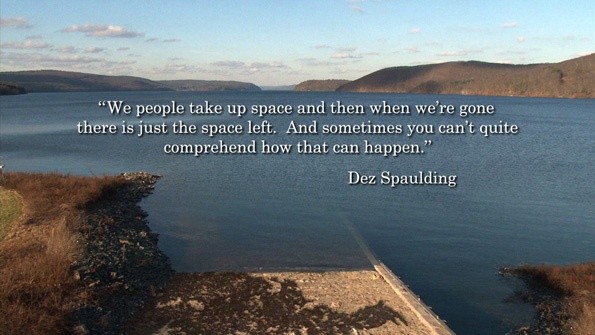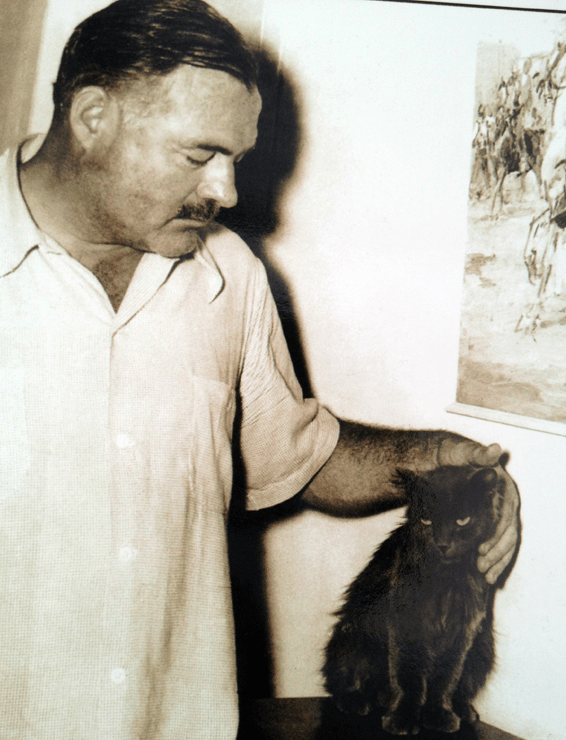 So much goes into a book, yet never finds its way into the book. As Hemingway said, “If a writer knows enough about what he is writing about, he may omit things that he knows. The dignity of movement of an iceberg is due to only one ninth of it being above water.”
So much goes into a book, yet never finds its way into the book. As Hemingway said, “If a writer knows enough about what he is writing about, he may omit things that he knows. The dignity of movement of an iceberg is due to only one ninth of it being above water.”
From Dez’s diary, a ‘darling’ I had to cut from the final version of Cascade:
Each day I get no farther than scratched-out sketches that accumulate in the trash—balled-up sheets of valuable paper that trigger so many waves of self-doubt.
How can I be any good if I can’t even capture my own father? If my mind’s eye is already losing the precision of his features—the sharp length of his nose, the weak blue of his eyes, how then, to grasp the intangibles? The heavy grace of his stage presence? The disquieting boom of his voice? The chills he could deliver to an audience?
Sometimes I am afraid that inspiration has shrugged at me and will never return. And words—inky marks!—look paltry. They’re no better than paint. Even the date, so meager: January 24, 1934. Today. Now. Even as I complete the w, now becomes then.
Time is so slippery, it doesn’t even bother to laugh at the human desire to grasp it—it simply does nothing but pass.

